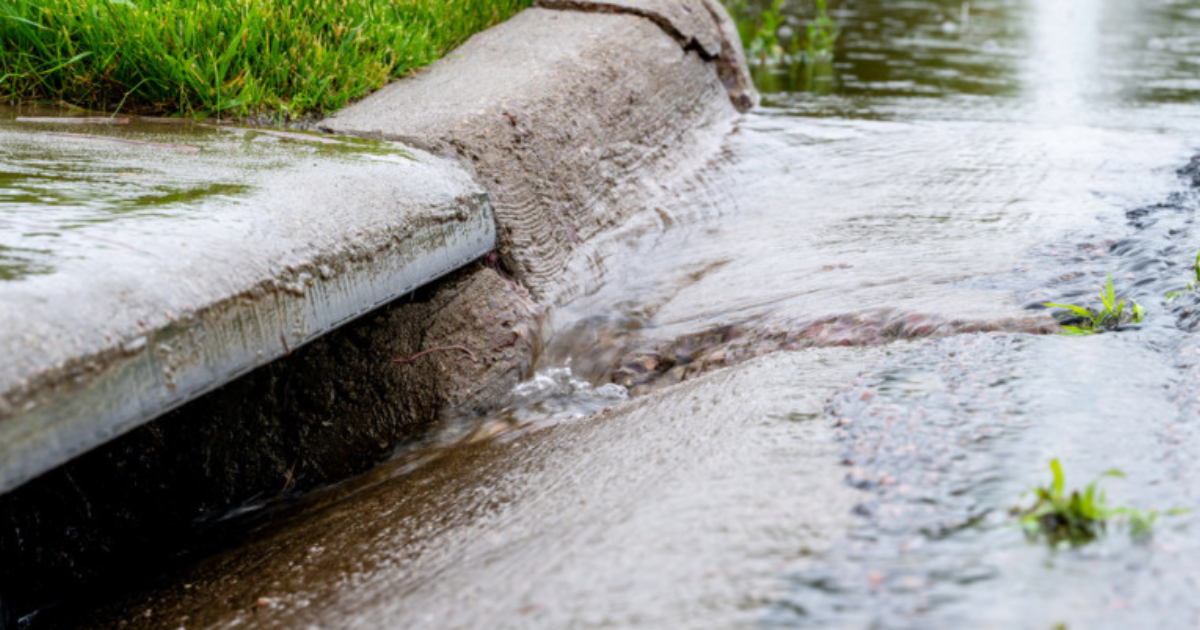Group wants answers on Anglesea River

Up until April 2016, Alcoa provided 4.5 megalitres of treated water to the Anglesea River each day. River advocates say this kept the river in better health. Photo: TIM LAMACRAFT
A NEW community group wants answers on the acidity of the Anglesea River, and claims the river’s health is linked to the levels of nearby aquifers.
For more than two years – the longest period on record – low pH levels in the river have rendered it largely uninhabitable for fish, with a Department of Environment, Land, Water and Planning (DELWP) survey in 2019 finding only three species.
It is generally understood the Anglesea River becomes acidic when drying of the nearby waterways exposes sediment that ends up in the creeks feeding the river, especially during heavy rainfall, but why the waterways are drying is contentious.
A 2020 report prepared for DELWP points to reduced rainfall and Alcoa’s Anglesea site manager Warren Sharp says the supporting aquifers are “responding to natural climate variations”, but a recent meeting of the new Friends of Anglesea River group proposes the cause is more than four decades of pumping water from the Upper Eastern View Formation (UEVF) aquifer by Alcoa for its Anglesea coal mine and power station.
“That’s the current hypothesis we have,” Professor Ralf Haese from The University of Melbourne’s School of Geography, Earth and Atmospheric Sciences said.
“It cannot be explained by reduced rainfall.
“This is not an anti-Alcoa campaign, designed to reopen old wounds in the community.
“We’re just concerned about the health of the river and wanting to make sure that we are operating on best science during the rehabilitation phase.”
Dick O’Hanlon, a volunteer with Estuary Watch and a member of the Surf Coast Shire-led Anglesea River Working Group, said the river is being neglected.

“Alcoa recognises the local drop of the water table of the UEVF aquifer, but denies this has contributed to lower levels in the perched aquifers surrounding the swamps that become the Anglesea River.”
Alcoa says its activities in Anglesea were not and are not responsible for drying of the waterway.
“Technical assessments undertaken by expert third-party hydrologists… together with numerous independent studies over many years, have not identified any adverse impact to the river from our operations,” Mr Sharp said.
Earlier this year, Alcoa started groundwater pumping from the UEVF on a 12-month trial to fill the mine void, which is at 15 per cent full and needs to be at 50 per cent by 2024 to facilitate the Eden Project Anglesea proposal.
In the trial, Alcoa is using about 40 per cent of its previous limit from the UEVF when the mine and power station were operational.
“The data collected to date indicates that pumping is not having any adverse impact on groundwater dependent ecosystems, including the Anglesea River,” Mr Sharp said.
However, Mr O’Hanlon says bore monitoring data of the region provided to him by Barwon Water reveals a 20-metre drop in a matter of months when pumping resumed in early 2021.
“More striking is how quickly the aquifer began to recharge after the company closed its power station in 2015; up 40 metres in less than two years,” Mr O’Hanlon said.

Once the 12-month pumping trial is complete, Alcoa will look to secure a more permanent water licence.
Prof. Haese is working with a team of researchers to compile a discussion paper on the issues he believes regulatory authorities must assess during this process.
“We need to understand whether there is a hydrologic connectivity between the UEVF and the perched aquifer – we believe this is so, but it needs to be proven,” he said.
“If we are correct, then there needs to be either a cessation or greatly reduced pumping quota or rate from the UEVF in order to restore natural conditions of the system.”

















